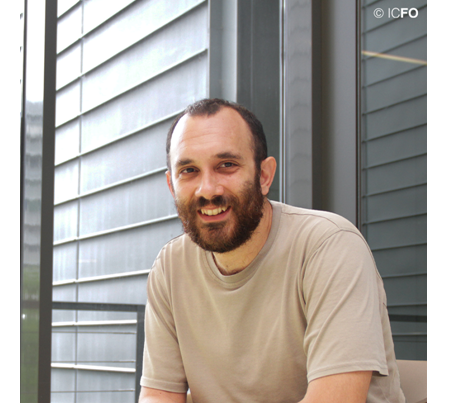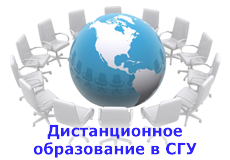OSA Short Course:
Diffuse laser speckles and their statistics for non-invasive, deep tissue blood flow measurements

Prof. Turgut Durduran
ICFO-The Institute of Photonic Sciences, Barcelona, Spain
The overall goal of this course is to present the emerging class of biomedical optical technologies for the non-invasive blood flow measurements in deep tissues (>1 cm deep). It begins by laying down the challenges of probing deep tissues with light. The attendants are presented by a set of questions such as; “(1) Do the photons propagate deep into tissues and emerge in a way that they could be detected? (2) If so, what kind of information do they carry upon emergence? (3) Is this information clinically and biologically relevant? Assuming yes, can we actually build devices that could be taken to the clinics? And finally, (4) are we able to convince the clinicians to allow us into the clinics to test these technologies?” Each point is then tackled systematically by illustrative videos, by defining physical parameters and their dimensions, by showing example instruments and studies. In particular, this first part of the course will introduce the basics of photon diffusion through tissues, the laser speckle physics and its statistics as it relates to photon diffusion, different clinical parameters that could be measured and how they are clinically relevant (under what scenarios, why, for which patients etc.) different approaches to the instrumentation and the parts of a canonical, state-of-the-instrument.
This will pave the way for the second half of the course where different clinical and pre-clinical studies will be presented in specific clinically relevant contexts. For example, it will introduce the relevance of these technologies in ischemic stroke research and clinical management by going from the pre-clinical studies to risk assessment to emergency care to rehabilitation phases. The course will end by briefly summarizing the current trends and the state-of-the-art in applications, technologies and algorithms.
Throughout the course, critical thinking will be encouraged by introducing concepts about robust validation, statistical power, historical examples of failures and successes. The context will also include the timeline of the development of a new technology from the notebook to the benchtop to the clinic.
Learning objectives
This course will enable the attendants to:
be familiar with the basics of photon diffusion through the tissues, the type of information that the diffuse photons carry and how this information can be used for clinical applications
to understand the statistics of diffuse laser speckles and how they related to blood flow
to be familiar with the instrumentation that exploit these properties for pre-clinical and clinical uses
to be exposed the breadth of clinical validation studies that were carried out with these studies, their results and their limitations
to develop a critical approach to the testing, validation and the development of new medical technologies for disease monitoring and theranostics
to relate these relatively new technologies for potential future applications.
Intended audience
PhD students, engineers, scientists, and physicians of all levels (undergraduate, graduate and further) who are interested in biomedical optical methods for pre-clinical and clinical applications.
Course level
Intermediate
Course length
Two and a half hours including a short break
Instructor
Turgut Durduran was trained as a physicist at University of Pennsylvania (USA). He has moved to ICFO-The Institute of Photonic Sciences (Barcelona, Spain) in 2009 and formed the “Medical Optics Group”. He is currently a tenured ICREA professor at ICFO leading a group of twenty-one. He also holds an adjunct professorship at the Department of Radiology in University of Pennsylvania. His mean research interests are related to the development of diffuse optical technologies for non-invasive diagnostics in various pre-clinical and clinical applications. In particular, he is one of the pioneers of diffuse correlation spectroscopy that uses the diffuse laser speckle statistics to measure microvascular blood flow. His work involves extensive collaborations with local and international hospitals and biomedical research centers and is intrinsically multi-disciplinary. Durduran's activities have led to the formation of a spin-off company, HemoPhotonics S.L. (Barcelona, Spain) in 2013 and the Medical Optics group collaborates extensively with other industrial partners. He has led and participated in several multi-national European projects, he has been funded by the National Institutes of Health (NIH), European Council, Spanish Ministry for Economy of Innovation, Spanish Ministry of Health, various private foundations including the Cellex, La Caixa and Thrasher foundations. He is the co-author of more than 100 publications, several patents, serves on the board of various academic societies as an elected member and has chaired major international conferences in biomedical optics.







